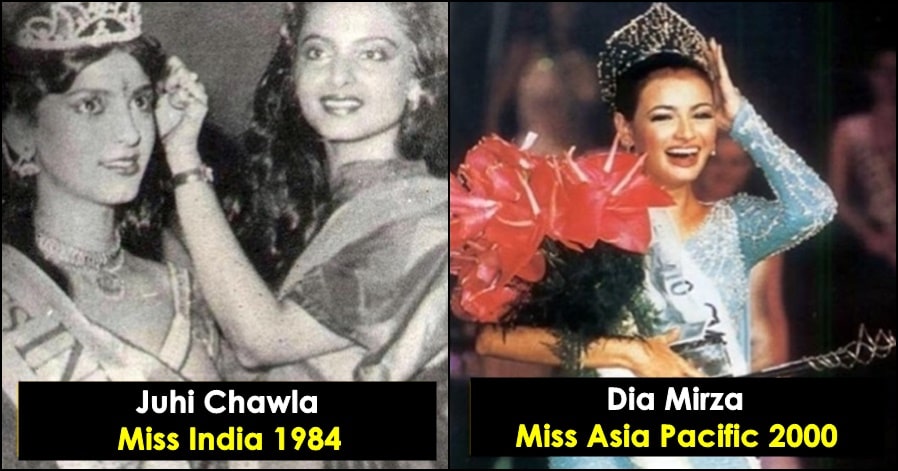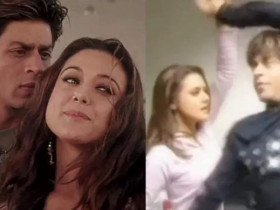No products in the cart.
No woman and no ruler are like Ahilyabai Holkar, who renewed several temples, let’s share her story
Maharani Ahilyabai Holkar was a great ruler and also an erudite politician. Popularly known as Rajmata Ahilya Devi Holkar. She is known for her personality and the works she did. She was a religious and popular ruler among the people. She built hundreds of temples, ghats, monasteries, and Dharamshala throughout India. Holkar never used public funds for her personal benefits. Despite that, she built many temples in various states. She is still popular due to her work, people call her as Rajmata and Lokmata Devi Ahilya Bai.
Personal Information:
Devi Ahilyabai was born on 31 May 1725 to Mankoji Rao Shinde in the village of Chaundi, Maharashtra. Her father was the Patil of the village. During those days, women were not allowed to attend school, but Ahilyabai’s father taught her to read and write. She was married to Khanderao Holkar in 1733. She had a son Malerao and a daughter Muktabai. Devi Ahilya Bai ruled from 1 December 1767 to 13 August 1795.
As Queen:
A few days after the death of her husband Khanderao in 1754, Devi Ahilya Bai became the ruler of Indore and ruled over till 1995.
After the death of her son Malerao in 1766, she appointed Tukoji Rao as a commander.
Receiving the full support of her staunch army, Ahilyabai led them into several wars. She moved her capital to Maheshwar. She built the splendid 18th-century Maratha-architecture and Ahilya Fort was also built on the bank of the sacred Narmada River.
It was the specialty of the Holkar family that they did not use public funds to meet their personal and family expenses. Ahilya Bai inherited personal funds from her private property which at that time was estimated to be around sixteen crore rupees.
Her works throughout India:
During her rule, Ahilya Bai worked for many public interest and subjects. She built many temples, monasteries, ghats, and Dharamshala, etc. The world-famous Kashi Vishwanath Temple was built by Ahilya Bai in 1777. She was a devotee of Lord Shiva.
Her most memorable activities include the construction of numerous temples and pilgrimage centers across an area elongating from the Himalayas to South India, at sacred sites like Kashi, Gaya, Somnath, Ayodhya, Mathura, Hardwar, Dwarka, Badrinarayan, Rameshwar and Jagannath Puri.
Ahilyabai Holkar’s splendid rule came to an end when she passed away in the year 1795. In recollection and accolade of her greatness, the Republic of India issued a commemorative stamp on August 25, 1996. Ahilyabai became so popular for her works that people started calling her Devi. Even today, there are many places and institutions in her name not only in Indore but across the country.








